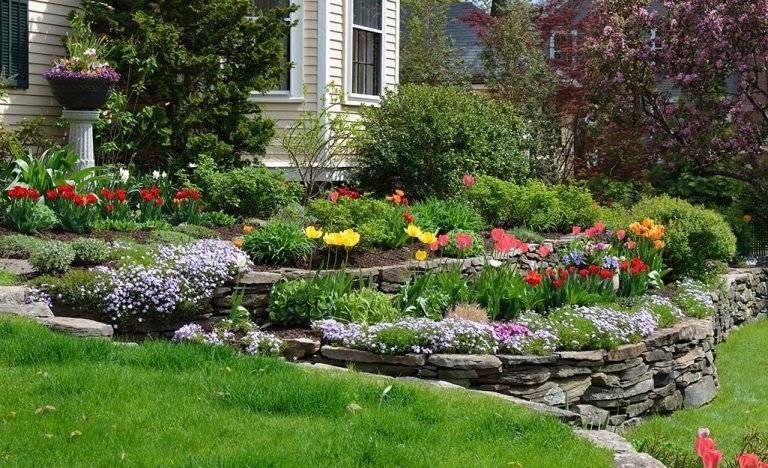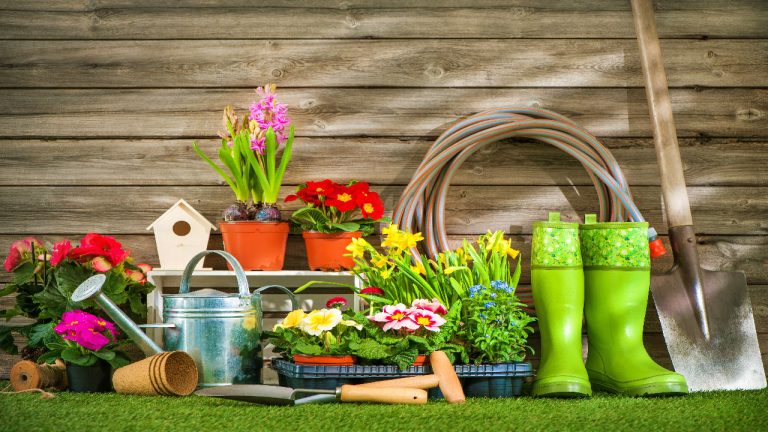
Gardening is not merely an outdoor hobby—it is an art form, a means of personal expression, and a way to create an environment that offers both aesthetic pleasure and physical well-being. While a well-planned garden might initially focus on plants like shrubs, trees, and ground cover, one essential element that often transcends the landscape’s practical aspects is the inclusion of flowers. These vibrant and colorful additions to your garden do more than just provide visual appeal; they enhance the ecosystem, contribute to mental and emotional health, and ensure the longevity of your outdoor space. Here, we explore why flowers should be a central element of your gardening and outdoor strategy.
1. Aesthetic Appeal and Color Harmony
One of the most obvious reasons to integrate flowers into your garden is their ability to transform a space aesthetically. Flowers introduce bursts of color that ground the eye, complementing or contrasting with other elements in the landscape. Whether you prefer the bold purples and pinks of lavender and peonies or the soft pastels of tulips and daisies, flowers offer a spectrum of colors that can be used to evoke specific moods and tones in your outdoor space.
Consider the time of day and the seasons when flowers bloom, as they can help create an ever-evolving outdoor canvas. Morning glories unfurl at dawn, while evening primroses reveal their delicate blooms at twilight. This dynamism, combined with the natural life cycle of flowers, adds layers of beauty and interest to your garden throughout the year. With strategic planning, flowers can help frame views, create focal points, and even guide the flow of traffic within the garden, all while offering an ever-changing visual feast.
2. Enhanced Biodiversity and Ecological Benefits
Beyond the visual impact, flowers are an integral part of supporting local biodiversity. Flowering plants provide essential resources to pollinators such as bees, butterflies, and hummingbirds. As these pollinators visit flowers to gather nectar, they inadvertently transfer pollen from one bloom to another, aiding in plant reproduction and the creation of seeds that ensure the survival of many species. Without flowers, many of these pollinators would struggle to thrive, ultimately affecting the broader ecosystem.
Moreover, flowering plants help maintain a balanced ecosystem by attracting other beneficial insects. Ladybugs, for example, are often drawn to certain flowers, and these insects feed on aphids, naturally controlling pests in the garden. Similarly, certain flowering plants, such as marigolds, are known to repel harmful insects like mosquitoes and nematodes, thereby reducing the need for chemical pesticides. By introducing a diversity of flowers into your garden, you ensure that it becomes a living, breathing entity that plays a vital role in fostering ecological harmony.
3. Mental and Emotional Well-Being
The benefits of flowers extend well beyond their role in the ecosystem; they also have a profound impact on our mental and emotional well-being. Scientific studies have demonstrated that exposure to nature, including the presence of flowers, can significantly reduce stress and anxiety levels. The vibrant colors, sweet scents, and gentle movements of flowers in the breeze can serve as a form of mindfulness, offering a calming effect to anyone who spends time in their presence.
Moreover, flowers can trigger positive memories and associations. A garden filled with fragrant roses might remind you of a childhood home, or a patch of daisies may evoke memories of a summer vacation. The sensory richness of flowers—their sight, smell, and texture—creates a multi-layered experience that nurtures our emotional connections to the natural world. Gardening itself is a therapeutic practice, with the act of planting, nurturing, and witnessing growth offering a profound sense of accomplishment and peace.
4. Seasonal Interest and Year-Round Beauty
Flowers introduce an element of seasonal rhythm to your garden, ensuring that it remains captivating year-round. While many plants may offer greenery or structure throughout the year, flowers provide specific times when the garden is at its most vibrant. For instance, spring flowers such as crocuses and daffodils herald the new season with a burst of color, while summer blooms like roses and lilies reach their peak, filling the garden with scent and life. As autumn arrives, chrysanthemums and asters extend the color palette, and even in the depths of winter, evergreen plants like holly and poinsettias bring color and festivity.
Incorporating flowers that bloom at different times allows you to extend the life of your garden throughout the seasons. By planting varieties that flower in succession, you can create an ongoing spectacle of color and fragrance, ensuring that your outdoor space is always filled with something new to appreciate. Furthermore, this careful planning helps maintain visual interest and minimizes the “empty” periods when the garden might otherwise appear barren.
5. Boosting Property Value and Curb Appeal
A well-maintained garden brimming with flowers can significantly increase your home’s curb appeal and market value. Many prospective buyers appreciate a home that boasts an inviting outdoor space. Vibrant flowers add a touch of elegance and charm, elevating the overall appearance of your property and creating a welcoming atmosphere. Landscaping that includes a diverse range of flowers indicates to potential buyers that the garden is well-cared for, signaling that the property as a whole is likely to be in excellent condition.
Flowers can be strategically placed to enhance the architectural features of your home, such as flanking a front door with cascading petunias or filling window boxes with colorful geraniums. The added texture, color, and visual depth that flowers provide can turn a modest front yard into an enchanting entrance that draws people in.
6. Encouraging Outdoor Activities and Social Engagement
A garden teeming with flowers offers an inviting space for outdoor activities, whether it’s a quiet moment of reflection, a family barbecue, or an afternoon spent with friends. Flowers encourage us to spend more time outdoors, enhancing the overall experience of our gardens. They create a backdrop for conversations, celebrations, and moments of solitude alike.
Moreover, flowers can bring people together in a communal activity. Whether it’s gardening with family, participating in a neighborhood garden club, or hosting a flower-arranging workshop, flowers can foster social engagement and create a sense of community. Sharing the joy of cultivating a flower garden can form connections, boost social interaction, and help individuals bond over a shared appreciation for the beauty of nature.
Conclusion
Incorporating flowers into your gardening and outdoor strategy is far more than an aesthetic choice—it is a decision that enhances biodiversity, promotes mental health, and creates a more vibrant and welcoming environment. Flowers infuse life into your space, offering dynamic color, fragrance, and texture, while supporting local ecosystems and providing countless benefits to both your home and well-being. By thoughtfully planning your garden with a rich variety of flowers, you not only cultivate an outdoor space that nurtures the senses, but you also contribute to a thriving, interconnected environment that will bring joy for seasons to come.





